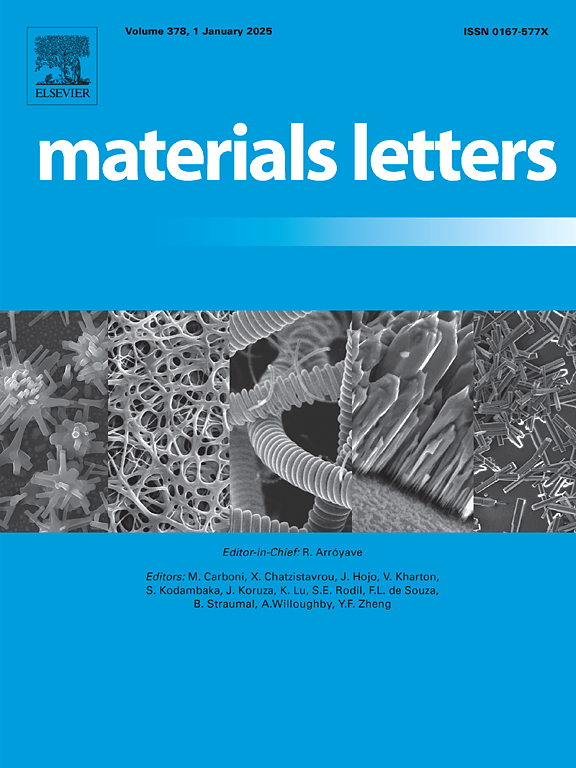粉煤灰复合泡沫在点阵增强三相复合材料中的增效作用
IF 2.7
4区 材料科学
Q3 MATERIALS SCIENCE, MULTIDISCIPLINARY
引用次数: 0
摘要
粉煤灰是煤燃烧的副产物,由于其空心微结构和低密度,可用于制备金属基复合泡沫材料。但粉煤灰强度相对较低,限制了粉煤灰的整体吸能能力。采用搅拌浇铸+渗铸两步法制备了具有良好机械联锁性能的栅格增强三相互穿多孔复合材料。该系统将晶格结构的高强度与多孔材料的吸能能力相结合。准静态压缩试验表明,晶格结构和界面结合的协同增强作用显著提高了材料的力学性能。复合材料的最大抗压强度为106.3 MPa,比能吸收为23.7 kJ·kg−1,分别比复合材料提高了410.8%和59.1%。本文章由计算机程序翻译,如有差异,请以英文原文为准。
Mechanical enhancement of fly ash syntactic foams via synergistic effects in lattice-reinforced three-phase composites
Fly ash, a byproduct of coal combustion, can be utilized to fabricate metallic matrix syntactic foams (MMSFs) due to its hollow microstructure and low density. However, the relatively low strength of fly ash limits the overall energy absorption capacity of the MMSFs. This study employed a two-step process of stir casting followed by infiltration casting to fabricate lattice-reinforced three-phase interpenetrating porous composites (IPCs), which exhibit well-bonded mechanical interlocking. The system integrated the high strength of lattice structures with the energy-absorption capacity of porous material. Quasi-static compression tests reveal that the synergistic effect of structural reinforcement from lattice architectures and interfacial bonding significantly enhanced mechanical performance. The IPCs demonstrate a maximum compressive strength of 106.3 MPa and specific energy absorption of 23.7 kJ·kg−1, representing improvements of 410.8 % and 59.1 %, respectively, compared to those of the baseline syntactic foam.
求助全文
通过发布文献求助,成功后即可免费获取论文全文。
去求助
来源期刊

Materials Letters
工程技术-材料科学:综合
CiteScore
5.60
自引率
3.30%
发文量
1948
审稿时长
50 days
期刊介绍:
Materials Letters has an open access mirror journal Materials Letters: X, sharing the same aims and scope, editorial team, submission system and rigorous peer review.
Materials Letters is dedicated to publishing novel, cutting edge reports of broad interest to the materials community. The journal provides a forum for materials scientists and engineers, physicists, and chemists to rapidly communicate on the most important topics in the field of materials.
Contributions include, but are not limited to, a variety of topics such as:
• Materials - Metals and alloys, amorphous solids, ceramics, composites, polymers, semiconductors
• Applications - Structural, opto-electronic, magnetic, medical, MEMS, sensors, smart
• Characterization - Analytical, microscopy, scanning probes, nanoscopic, optical, electrical, magnetic, acoustic, spectroscopic, diffraction
• Novel Materials - Micro and nanostructures (nanowires, nanotubes, nanoparticles), nanocomposites, thin films, superlattices, quantum dots.
• Processing - Crystal growth, thin film processing, sol-gel processing, mechanical processing, assembly, nanocrystalline processing.
• Properties - Mechanical, magnetic, optical, electrical, ferroelectric, thermal, interfacial, transport, thermodynamic
• Synthesis - Quenching, solid state, solidification, solution synthesis, vapor deposition, high pressure, explosive
 求助内容:
求助内容: 应助结果提醒方式:
应助结果提醒方式:


